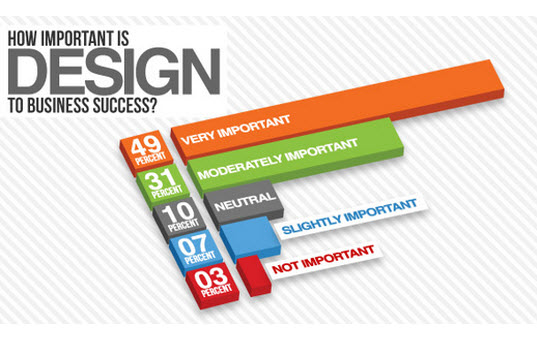The Advancement Of Web Design: Then And Currently
The Advancement Of Web Design: Then And Currently
Blog Article
Post Author-Pappas Hyldgaard
In the past, sites were straightforward and concentrated on details. Navigating was direct, and layout was for desktop computers. Now, individual experience is vital. Information overviews styles for simple navigating. Responsive layouts match different gadgets. Today, dark setting minimizes pressure, and minimal food selections enhance navigation. Interactive functions involve individuals, and strong visuals stick out. AI integration improves engagement. See how style has actually developed to improve your on the internet journey.
Early Days of Web Design
In the early days of web design, simplicity preponderated. Websites were basic, with limited shades, fonts, and formats. The focus was on offering details rather than fancy visuals. Individuals accessed the web via slow-moving dial-up connections, so speed and performance were key.
Navigation menus were straightforward, normally located on top or side of the web page. Web sites were created for home computer, as mobile surfing wasn't yet common. Material was king, and developers prioritized simple readability over complicated design elements.
HTML was the key coding language used, and developers had to function within its restraints. Animations and interactive functions were marginal compared to today's requirements. Internet sites were static, with little vibrant material or customized customer experiences.
Rise of User-Focused Layout
With the evolution of site layout, a shift towards user-focused style concepts has actually ended up being significantly popular. Today, creating internet sites that focus on user experience is essential for engaging site visitors and attaining company objectives. User-focused layout includes understanding the requirements, choices, and behaviors of your target audience to customize the site's layout, web content, and includes appropriately.
Designers currently carry out comprehensive study, such as individual surveys and usability screening, to gather insights and feedback straight from users. This data-driven method aids in creating instinctive navigation, clear calls-to-action, and visually enticing interfaces that resonate with visitors. By placing the individual at the center of the style procedure, websites can provide an extra individualized and enjoyable experience.
seo search optimisation has actually likewise emerged as an essential aspect of user-focused style, guaranteeing that websites are maximized for different gadgets and display sizes. This adaptability boosts access and functionality, accommodating the varied means individuals interact with websites today. Essentially, the surge of user-focused layout signifies a shift in the direction of creating electronic experiences that focus on the demands and assumptions of completion individual.
Modern Trends in Web Design
Explore the current trends shaping web design today. One popular fad is dark setting style, offering a streamlined and modern-day appearance while decreasing eye pressure in low-light atmospheres. One more key pattern is minimalist navigating, streamlining menus and boosting user experience by focusing on essential elements. Incorporating micro-interactions, such as animated buttons or scrolling results, can create a much more engaging and interactive website. Receptive style continues to be important, ensuring seamless user experiences throughout various devices. Furthermore, making use of vibrant typography and unbalanced designs can add visual interest and accentuate specific web content.
Incorporating AI innovation, like chatbots for consumer support or tailored referrals, boosts individual engagement and improves processes. Accessibility has additionally end up being a significant pattern, with developers focusing on comprehensive design methods to deal with varied individual demands. Accepting sustainability by optimizing website performance for rate and effectiveness is another emerging pattern in website design. Teaming up with customer feedback and data analytics to iterate and enhance layout continually is necessary for remaining pertinent in the ever-evolving electronic landscape. By welcoming these modern patterns, you can develop an aesthetically appealing, easy to use web site that reverberates with your target market.
Final thought
As you review the development of internet site layout from the very early days to currently, you can see exactly how user-focused design has actually ended up being the driving force behind modern-day trends.
Welcome have a peek here of adjustment and adaptation in web design, constantly keeping the user experience at the forefront.
Keep current with the most up to date patterns and technologies, and never ever quit progressing your strategy to create visually stunning and user-friendly websites.
Evolve, adjust, and create - the future of website design is in your hands.
